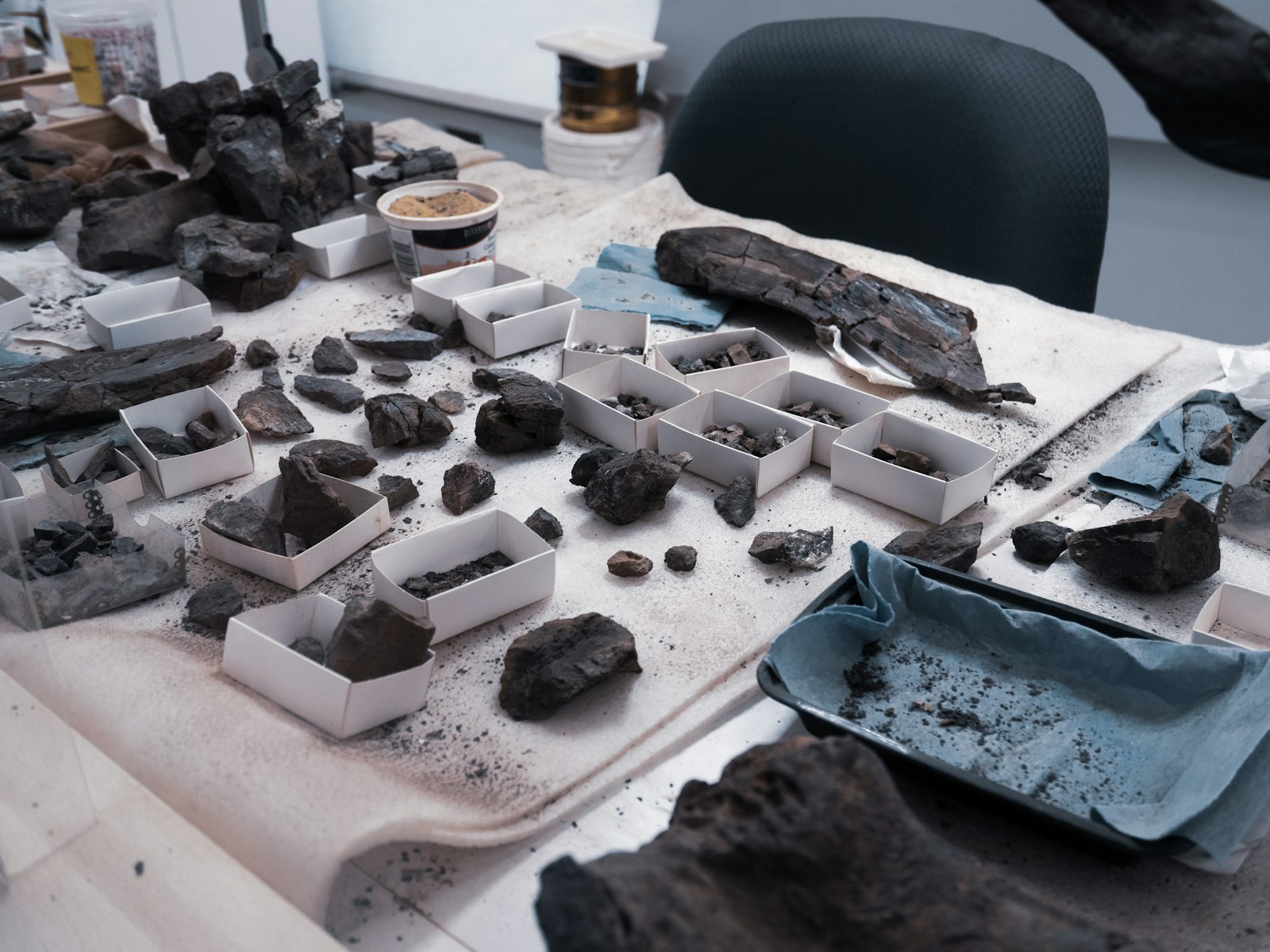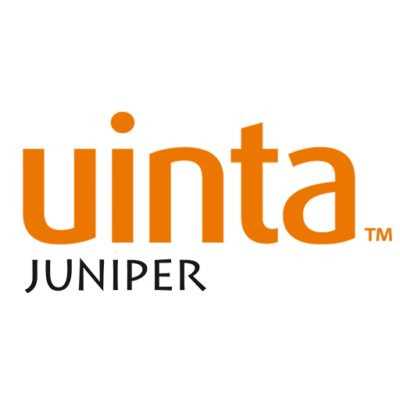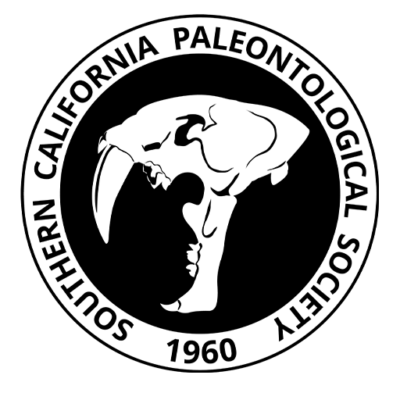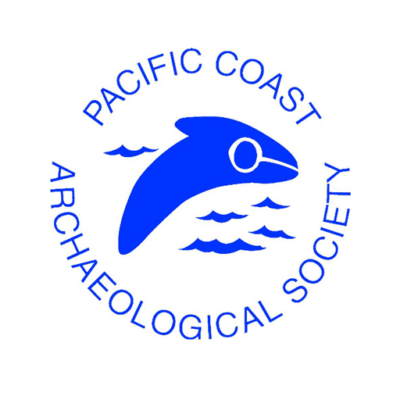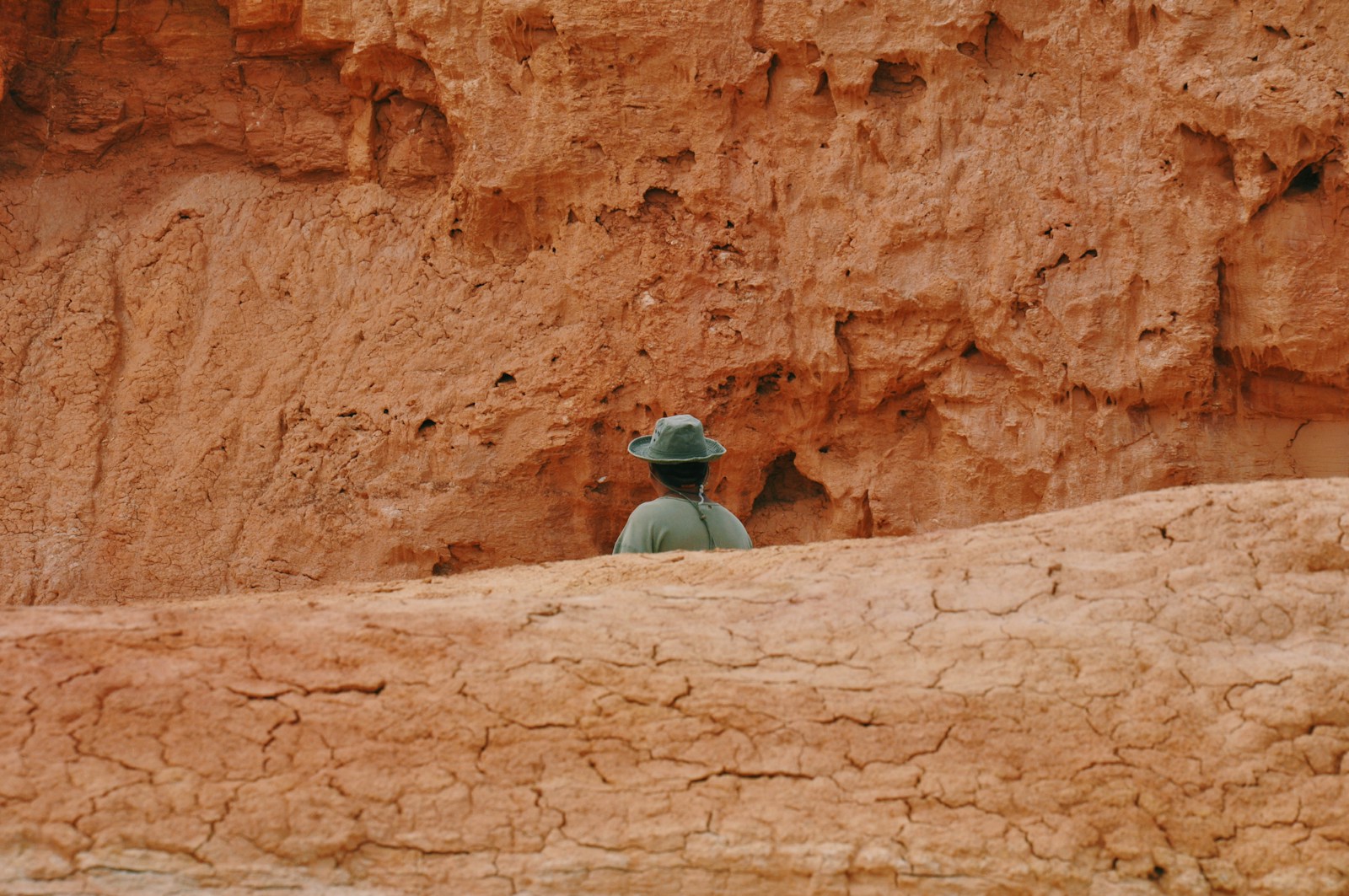Paleontology
At Armcorp, we view paleontology not just as a study of ancient life forms but as a thrilling journey back in time that holds the key to our future. Our work extends beyond excavation; it’s about preserving history’s lessons and applying them to innovate for a sustainable world. Our dedicated team delves into the depths of prehistoric periods, unearthing secrets buried for eons.


